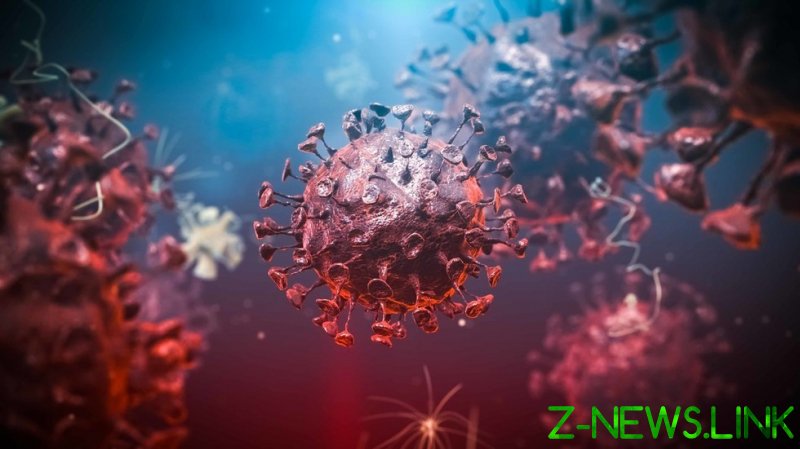
Much like the original SARS, SARS-CoV-2 uses the ACE2 receptor to access our cells and spread rapidly throughout our respiratory systems and beyond.
“The starting point of our study was the question why SARS-CoV, a coronavirus that led to a much smaller outbreak in 2003, and SARS-CoV-2, spread in such a different way even if they use the same main receptor ACE2,” says University of Helsinki virologist Ravi Ojha.
Researchers from the Technical University of Munich in Germany and the University of Helsinki in Finland examined the virus’ spiky coating under an electron microscope and compared the genomes of the two viruses.
They found that the novel coronavirus had ‘learned a new trick,’ so to speak, picking up a kind of ‘hook’ used by other nasty pathogens like Ebola, HIV and avian flu, to latch onto human tissues more aggressively.
They discovered that the coronavirus uses this ‘grappling hook’ on the receptor neuropilin-1, which lines the nerve tissues inside the human nasal cavity.
To confirm their suspicions, the researchers then deployed monoclonal antibodies (an antibody made by cloning white blood cells), which they engineered to block access to neuropilin-1.
They then introduced ‘pseudoviruses,’ designed to mimic SARS-CoV-2 behaviors but without any of the intense self-replication properties, which found it far more difficult to infect cells when the neuropilin-1 was blocked.
“If you think of ACE2 as a door lock to enter the cell, then neuropilin-1 could be a factor that directs the virus to the door,” says Balistreri.
Given the density of neuropilin-1 along nerve tissues in the human nasal cavity, it essentially acts as a welcoming party for SARS-CoV-2 which then only needs to flash its ACE2 before it can engage in a free-for-all inside the human body, with destructive consequences witnessed the world over.
Experiments on mice confirmed the receptor’s role in the virus gaining access to their nervous system, though a direct link to the traumatic damage witnessed on human brains after severe Covid-19 has yet to be properly studied.
“We could determine that neuropilin-1, at least under the conditions of our experiments, promotes transport into the brain, but we cannot make any conclusion whether this is also true for SARS-CoV-2,” says neurologist Mika Simons from the Technical University of Munich.
The researchers have begun exploring ways to interrupt the connection between the virus and neuropilin-1, with a view to making it less infectious, with promising early results and laboratory tests already underway.
Think your friends would be interested? Share this story!
© 2020, paradox. All rights reserved.





